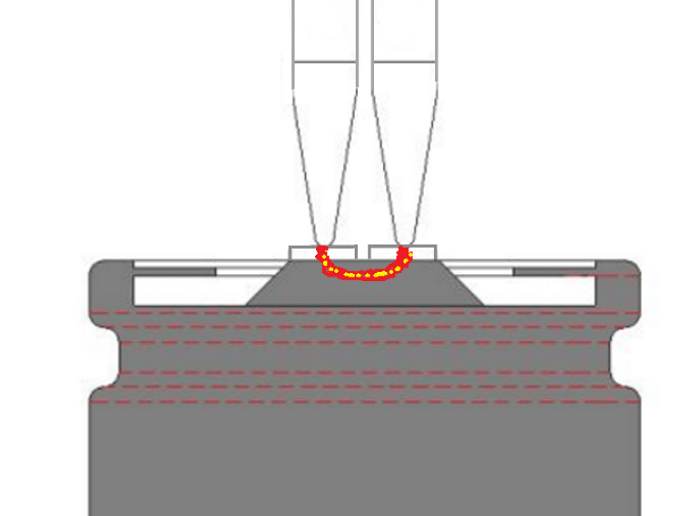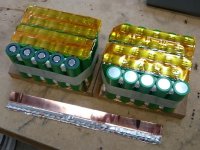Thank you for posting those results. This kind of experimentation is vital to discovering the best possible materials and methods.
Since copper is four times as conductive as nickel, a 0.10mm thick copper strip (for series) is as conductive as 0.40mm thick nickel.
Due to the lower resistance of copper, a 0.10mm strip of copper converts less of the series watts into waste-heat.
It's high thermal conductivity also acts as a heat-sink, to rapidly pull heat away from the core of the cylindrical cell, compared to nickel...
Since copper is four times as conductive as nickel, a 0.10mm thick copper strip (for series) is as conductive as 0.40mm thick nickel.
Due to the lower resistance of copper, a 0.10mm strip of copper converts less of the series watts into waste-heat.
It's high thermal conductivity also acts as a heat-sink, to rapidly pull heat away from the core of the cylindrical cell, compared to nickel...



